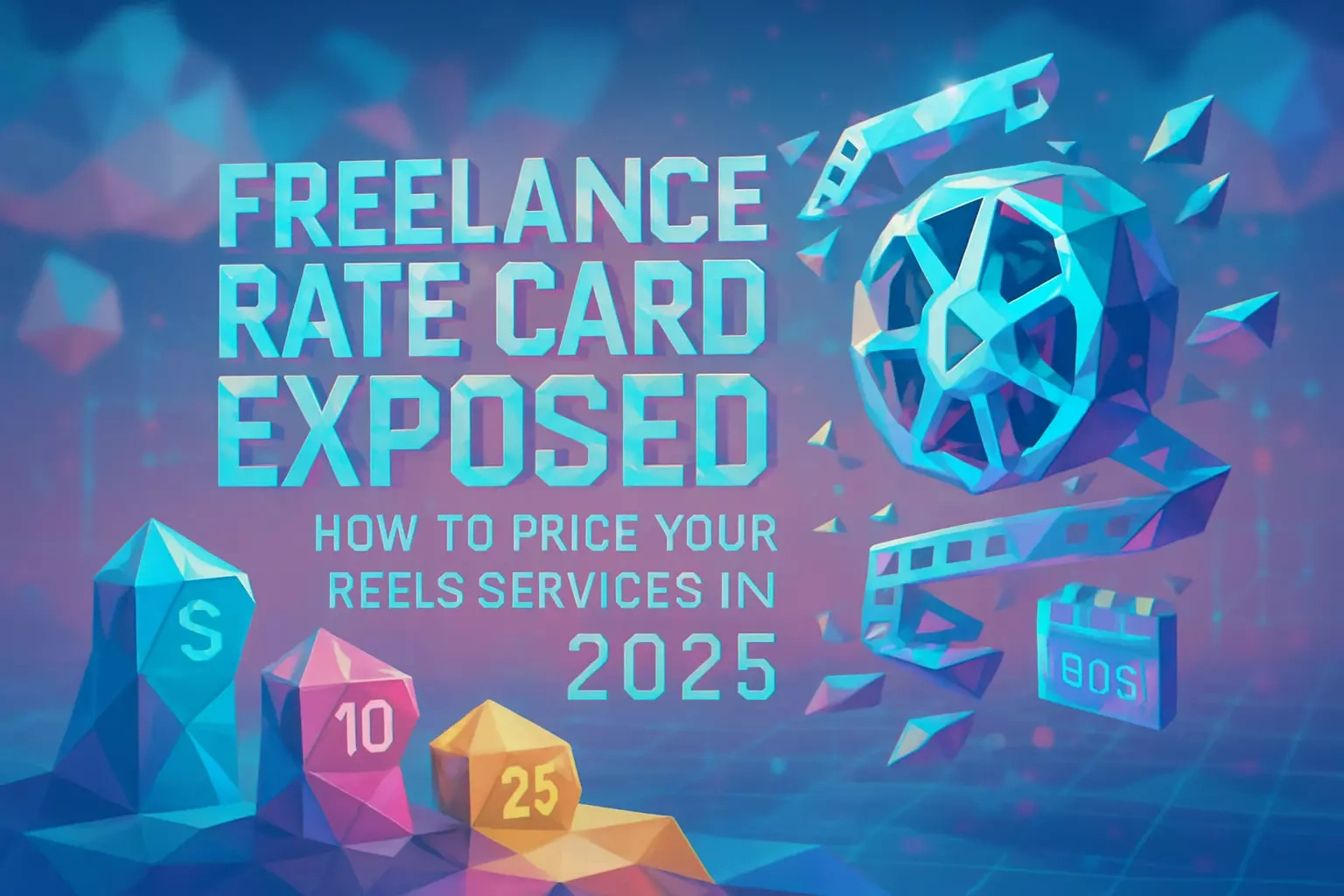Freelance Rate Card Exposed: How to Price Your Reels Services in 2025

Freelance Rate Card Exposed: How to Price Your Reels Services in 2025
Key Factors That Influence Your Reels Videographer Rates
Your Experience and Skill Level
Project Complexity and Scope
Equipment and Software Costs
Geographic Location and Market Demand
Building Your Reels Videographer Rate Card
Choosing a Pricing Model: Hourly, Per-Reel, or Packages
Detailing Your Services
Creating Tiered Packages (e.g., Basic, Standard, Premium)
Listing Optional Add-Ons
Presenting and Adjusting Your Rate Card
Designing a Professional and Branded Document
When and How to Share Your Rates
Scheduling Annual Rate Reviews
Conclusion
References
Freelance Rate Card Exposed: How to Price Your Reels Services in 2025
Key Factors That Influence Your Reels Videographer Rates
Your Experience and Skill Level
Project Complexity and Scope
Equipment and Software Costs
Geographic Location and Market Demand
Building Your Reels Videographer Rate Card
Choosing a Pricing Model: Hourly, Per-Reel, or Packages
Detailing Your Services
Creating Tiered Packages (e.g., Basic, Standard, Premium)
Listing Optional Add-Ons
Presenting and Adjusting Your Rate Card
Designing a Professional and Branded Document
When and How to Share Your Rates
Scheduling Annual Rate Reviews
Conclusion
References
Posted Jun 30, 2025
Struggling to price your freelance Reels services? This guide breaks down everything you need to create a winning rate card, from factoring in costs to presenting your prices professionally.










